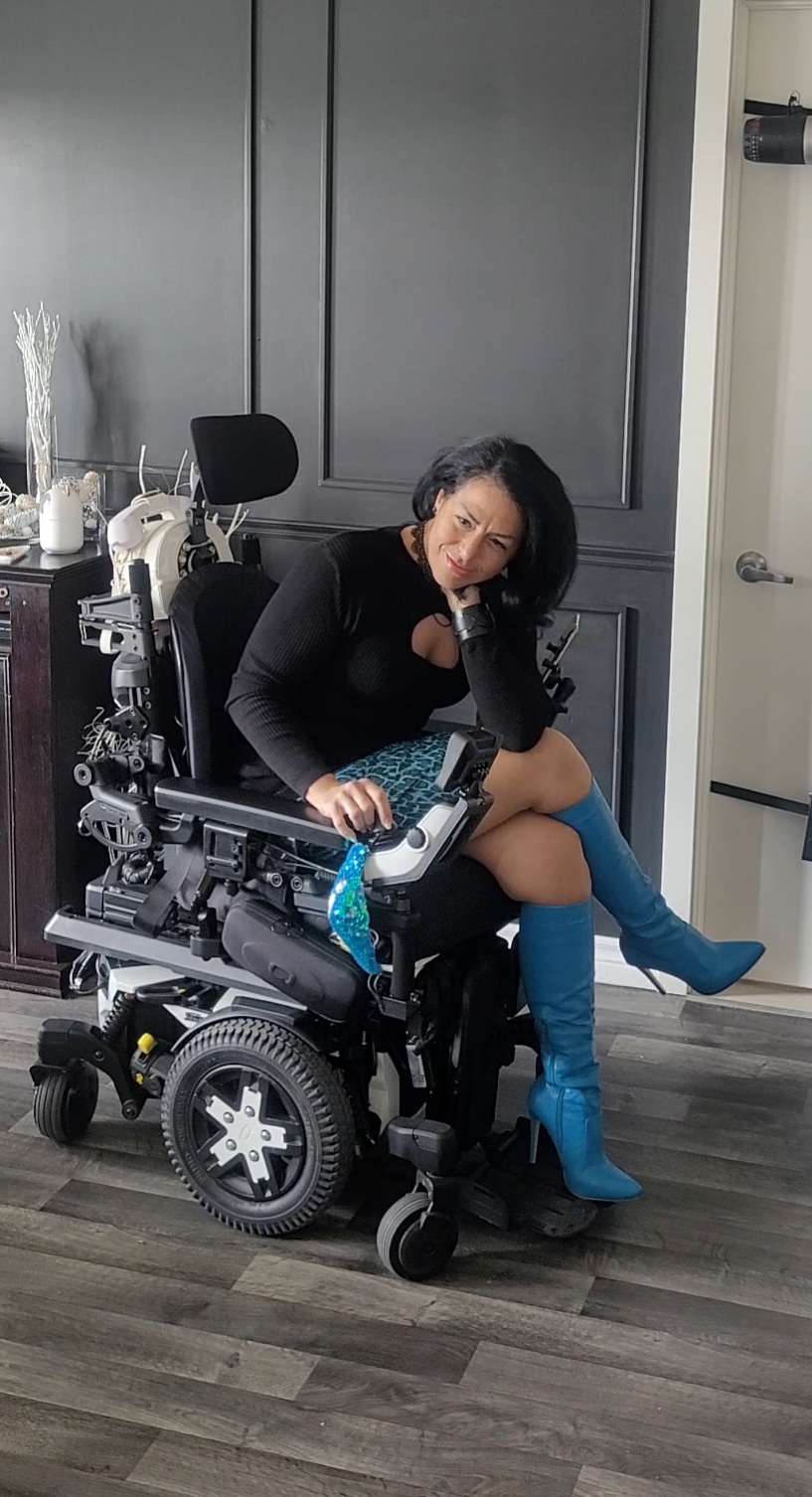In the world of fashion, the phrase “dress to impress” has become a mantra for many individuals looking to make a statement. Whether it's for a job interview, a date, or simply a night out with friends, the way we dress can significantly influence how we are perceived by others. In this comprehensive guide, we will explore the concept of dressing to impress, focusing on how to achieve an unblocked, stylish look that reflects your personality and boosts your confidence.
Understanding the nuances of fashion can be overwhelming. With countless trends, styles, and occasions, it’s crucial to know how to navigate your wardrobe effectively. This article not only provides practical tips on how to dress to impress but also delves into the psychological aspects of fashion and its impact on self-esteem.
From understanding color theory to mastering the art of accessorizing, this guide aims to equip you with the knowledge and skills necessary to transform your wardrobe and enhance your style. Join us as we uncover the secrets to dressing to impress and making a lasting impression wherever you go.
Table of Contents
- Understanding Dress to Impress
- The Psychology of Fashion
- Building Your Wardrobe
- Key Elements of Style
- Color Theory in Fashion
- Accessorizing to Impress
- Dressing for Different Occasions
- Conclusion
Understanding Dress to Impress
Dressing to impress is not just about wearing expensive clothes or following the latest trends; it's about expressing who you are through your style. It involves understanding the context in which you are dressing and making choices that align with that context.
Key elements of dressing to impress include:
- Understanding your body type and choosing clothes that flatter your figure.
- Staying true to your personal style while also being mindful of current trends.
- Choosing outfits that are appropriate for the occasion.
The Psychology of Fashion
Fashion is not only about aesthetics; it also plays a significant role in psychology. Studies have shown that what we wear can influence our mood, confidence, and how others perceive us. For instance, wearing tailored clothing can boost confidence and make a positive impression in professional settings.
Some psychological effects of dressing well include:
- Increased self-esteem and confidence.
- Positive perceptions from others, which can lead to better social interactions.
- A sense of control over one’s image and identity.
Building Your Wardrobe
Creating a wardrobe that allows you to dress to impress requires careful planning and consideration. Here are some tips for building a versatile wardrobe:
- Invest in timeless pieces that can be mixed and matched.
- Choose quality over quantity; a few well-made items will serve you better than a closet full of cheap clothes.
- Regularly assess your wardrobe and remove items that no longer serve you.
Essential Wardrobe Staples
Some essential wardrobe staples to consider include:
- A well-fitted blazer.
- Classic white shirts.
- Versatile jeans and trousers.
- Little black dress for women.
- Quality shoes that complement various outfits.
Key Elements of Style
Style is about more than just the clothes you wear; it encompasses the entire look, including grooming and presentation. Here are key elements that contribute to a polished appearance:
- Fit: Ensure your clothes fit well to enhance your silhouette.
- Color Coordination: Choose colors that complement each other and your skin tone.
- Grooming: Well-groomed hair and clean nails make a significant difference.
Creating a Signature Look
Developing a signature look can set you apart and make you memorable. Consider the following:
- Identify your favorite colors and styles.
- Incorporate unique accessories or statement pieces.
- Stay consistent with your chosen look while allowing for occasional updates.
Color Theory in Fashion
Understanding color theory can greatly enhance your ability to dress to impress. Colors evoke emotions and can influence perceptions. Here’s a brief overview of color meanings:
- Red: Passion and energy.
- Blue: Trust and professionalism.
- Black: Sophistication and elegance.
- White: Purity and simplicity.
When choosing colors for your outfits, consider the message you want to convey and the occasion you are dressing for.
Accessorizing to Impress
Accessories can elevate an outfit and add a personal touch. Here are some tips for accessorizing effectively:
- Choose accessories that complement your outfit rather than overpower it.
- Mix and match different textures and styles for added interest.
- Don't overdo it; sometimes, less is more.
Must-Have Accessories
Consider adding the following accessories to your wardrobe:
- Statement jewelry.
- Stylish bags.
- Watches that reflect your personal style.
- Belts that cinch your waist and add definition to your silhouette.
Dressing for Different Occasions
Understanding the appropriate attire for different occasions is crucial for dressing to impress. Here are some common scenarios:
- Job Interviews: Opt for professional attire that aligns with the company culture.
- Weddings: Dress according to the dress code specified in the invitation.
- Casual Outings: Casual doesn't mean sloppy; choose well-fitted, stylish casual wear.
Conclusion
In conclusion, dressing to impress is about more than just the clothes you wear; it's an expression of your identity and a reflection of your confidence. By understanding the key elements of style, building a versatile wardrobe, and mastering the art of accessorizing, you can create looks that not only impress others but also make you feel good about yourself.
Take action today: assess your wardrobe, experiment with new styles, and don’t be afraid to express your personality through fashion! Share your thoughts in the comments below, and feel free to explore more articles on our site for additional fashion tips!


